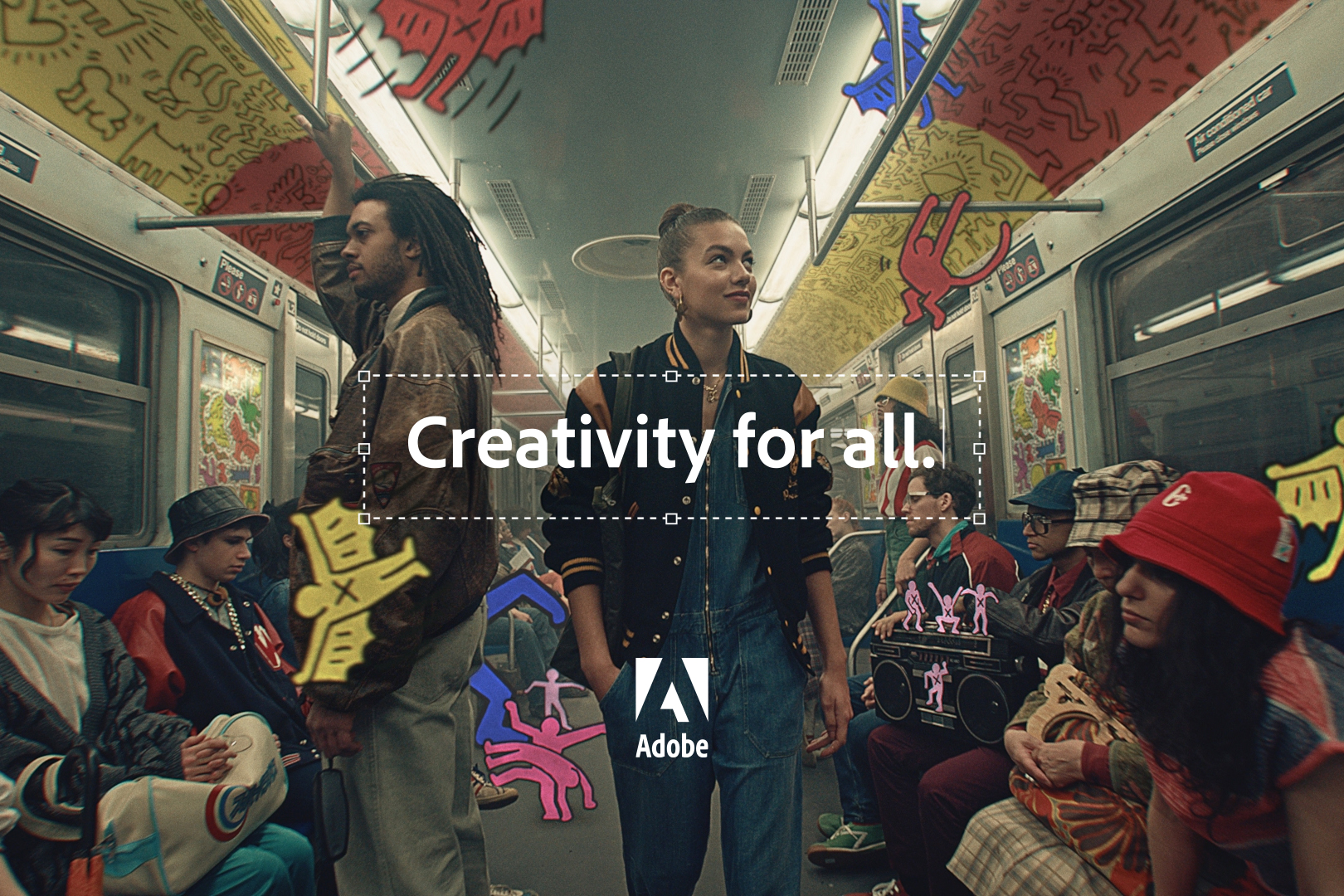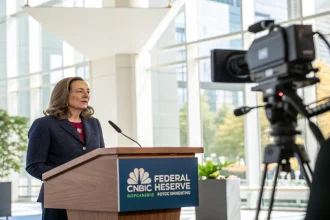Voters in major cities are signaling mixed views on municipal leadership, raising questions about the future of urban politics. The debate is most visible in North America’s largest metros, where crime, housing, and taxes dominate local campaigns. Some observers say New York City has not shifted right, while a fresh appetite for change may be brewing in parts of Canada.
Commentator Matthew Lau put the choice bluntly, contrasting New York with Canadian city halls. He framed it as a test of whether residents want a sharper break from progressive policy at the local level.
“Are voters turning away from left-wing mayors? Not in New York City, but in Canada there is hope of city hall sanity.” — Matthew Lau
What Is Driving Voter Frustration
Urban voters place daily concerns above party labels. Public safety, housing access, transit reliability, and taxes top the list. Pandemic aftershocks, office vacancies, and shelter pressures have added urgency. These issues shape how candidates frame their campaigns and how incumbents defend their records.
Residents who feel city services are slipping tend to look for change. Those who see steady progress give more time to current leaders. The result is a map that defies simple labels.
Mixed Signals From Big Cities
New York City remains under Democratic control. Critics argue its approach still leans left on social programs and regulation. Supporters say the city’s leadership is pragmatic on policing, business, and budgets. That split reflects a broader divide over what “left” means in a local context.
Canada’s largest cities show an uneven picture as well. Some councils have moved to rein in budgets or adjust tax plans. Others have advanced climate and housing policies with stronger public spending. Voters often split their tickets, choosing a mayor from one camp and councilors from another.
Canada’s City Hall Mood
Lau’s claim of “hope” points to pressure on incumbents over affordability and taxes. House prices, rents, and property levies have climbed in many communities. Residents also weigh the trade-offs of new transit and housing projects against debt and delivery delays.
- Affordability: Rising rents and property taxes strain households.
- Public safety: Perceptions of disorder shape views on leadership.
- Services: Transit reliability and shelter capacity drive daily frustration.
Some candidates campaign on fiscal restraint and quicker permitting for homes. Others promise expanded services and stronger tenant supports. Municipal coalitions are fluid, and results often hinge on turnout in suburbs and inner neighborhoods.
How Campaigns Are Adapting
City candidates are narrowing their messages. They test concrete pledges that can be measured within one term. These include more shelter spaces, faster bus service, targeted police deployments, and tax changes tied to spending cuts.
Opponents challenge them on costs and delivery timelines. In debates, they ask how projects will be funded without pushing taxes higher. Voters want clarity on trade-offs, not broad promises.
What Analysts Are Watching
Observers track three indicators. First, whether crime concerns rise or ease. Second, whether housing approvals increase at a pace that boosts supply. Third, whether councils balance budgets without deep service cuts. Movement on these fronts tends to decide close races.
In cities where residents see progress on those measures, incumbents keep an edge. Where results falter, challengers gain traction, no matter their ideology.
A Debate With Local Roots
The left-right frame can blur local reality. City halls manage public works, zoning, and safety more than ideology. That is why elections turn on delivery. Lau’s critique reflects a growing impatience with slow change, especially on affordability.
Yet many urban voters also want social supports to grow. They view housing, mental health, and addiction services as part of public safety. These cross-pressures make single narratives hard to sustain.
The latest campaigns show an electorate seeking practical results. New York remains a test of how far a big city will go with a pragmatic stance inside a progressive brand. In Canada, pressure on taxes and housing could narrow the field for incumbents who fail to show progress. The next cycles will hinge on proof points: safer streets, more homes, and steadier budgets. Watch for local races to reward plans that are specific, costed, and tied to timelines.








